FOR IMMEDIATE RELEASE
March 2016
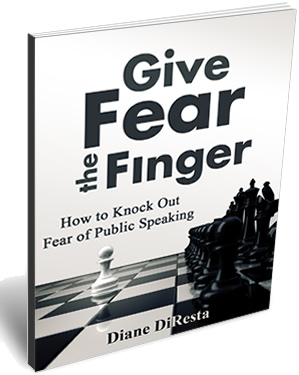 DiResta Communications Recognizes International Women’s Day with Re-Launch of “Give Fear the Finger”
DiResta Communications Recognizes International Women’s Day with Re-Launch of “Give Fear the Finger”
Diane DiResta, author, speaker and owner of DiResta Communications honors the 2016 theme for International Women’s Day—Gender Equality
New York City, NY: “International Women’s Day is a time to reflect on progress made, to call for change and to celebrate acts of courage and determination by ordinary women who have played an extraordinary role in the history of their countries and communities.” The 2016 theme is “Planet 50-50 by 2030: Step It Up for Gender Equality.”
Diane DiResta, in keeping with this theme, is relaunching her latest book, Give Fear the Finger: How to Knock out Fear of Public Speaking and making it available for only $.99 for the rest of the month, starting with International Women’s Day.
Give Fear the Finger shows women (and men) how to never be nervous again. Diane teaches the reader the secrets to being confident and fearless whether speaking to one or 1000. The interactive ebook shows how to stand up to fear and command the platform. Gifted speakers are born but effective speakers are made. Speaking is the new competitive advantage and levels the playing field for women. It gives them visibility they might not access and allows them to have a platform. Speaking let women celebrate their social, economic, cultural and political achievement.
Diane DiResta, who grew up on military bases around the world, began her career as a speech pathologist and now travels internationally teaching interpersonal communications and presentation skills. She traveled to Russia to speak to women entrepreneurs and teaches public speaking in countries like Tanzania, Africa; Bermuda, Brazil, Egypt, Spain and the UK. Diane’s mission is “empowering through the spoken word.”
About Diane DiResta, CSP
Diane DiResta is the founder and CEO of DiResta Communications, Inc, a New York City-based communications skills consultancy serving business leaders who want to communicate with greater impact – whether one-to-one, in front of a crowd, or from an electronic platform. DiResta is a certified speaking professional, a designation held by 12% or professional speakers nationwide. She's also the author of the ebook Give Fear the Finger: How to Knock Out Fear of Public
Speaking and Knockout Presentations, an Amazon.com best seller and widely used text in College business communication courses, entrepreneurship, and more. Celebrated for her inspirational message and inviting presentation style, Diane draws from her knowledge and expertise to engage and motivate her audiences to become the change agents in their own lives and businesses.
For additional information on Diane visit her website - http://diresta.com
To order a copy of Give Fear the Finger for $.99 (beginning Tuesday, March 8) - http://amzn.to/1Y3Bo6k
To schedule an in interview with Diane, contact her publicist, Sandy Lawrence
sandy@perceptivepublicrelations.com
281-989-8892 (Cell)





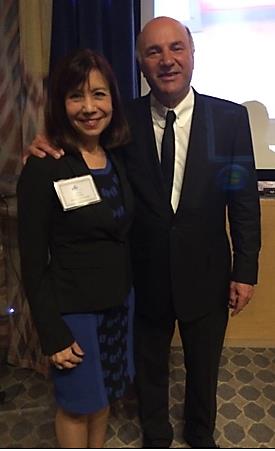 Last month I had the good fortune to hear Kevin O’Leary of Shark Tank speak at a networking event. Unlike typical celebrity events, this venue was intimate, allowing contact with Mr O’Leary and even a photo opp.
After drinks and hors d’oeuvres, we gathered into a small theater-like room to hear him speak. His speaking approach surprised me and I found it refreshing. Instead of the usual PowerPoint, or main stage podium presentation, Mr O’Leary entered the room in an unassuming manner yet strongly communicated
Last month I had the good fortune to hear Kevin O’Leary of Shark Tank speak at a networking event. Unlike typical celebrity events, this venue was intimate, allowing contact with Mr O’Leary and even a photo opp.
After drinks and hors d’oeuvres, we gathered into a small theater-like room to hear him speak. His speaking approach surprised me and I found it refreshing. Instead of the usual PowerPoint, or main stage podium presentation, Mr O’Leary entered the room in an unassuming manner yet strongly communicated 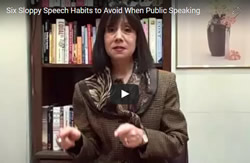
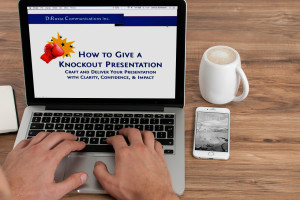 Could a top presenter bomb in the virtual world?
Your keynotes get rave reviews. Your training seminars are highly rated. Your reputation as a
Could a top presenter bomb in the virtual world?
Your keynotes get rave reviews. Your training seminars are highly rated. Your reputation as a 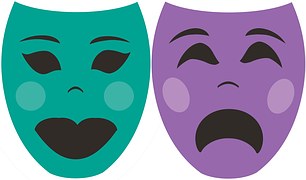 There are no boring topics-only boring speakers. Just about every audience and coaching client has heard me make that statement about
There are no boring topics-only boring speakers. Just about every audience and coaching client has heard me make that statement about 
 DiResta Communications Recognizes International Women’s Day with Re-Launch of “Give Fear the Finger”
DiResta Communications Recognizes International Women’s Day with Re-Launch of “Give Fear the Finger” 
 My colleague
My colleague  In a Republican debate, Senator Marco Rubio had emerged as a great orator and touted his third place standing as a win. There was a lot of buzz about Rubio and he was riding high despite being number three. So it was no surprise that he walked into the next debate
In a Republican debate, Senator Marco Rubio had emerged as a great orator and touted his third place standing as a win. There was a lot of buzz about Rubio and he was riding high despite being number three. So it was no surprise that he walked into the next debate  Speaking is a leadership skill
Speaking is a leadership skill It's a
It's a 
 Love Story was a popular move in 1970. It starred Ryan O'Neill and Ali McGraw. In one scene they have a fight and go their separate ways. O'Neill finds McGraw after he cools off and apologizes for the fight. She stops him and says through her tears, "Love means never having to say you're sorry." I don't know if most people in conflict would agree with that.
What people may agree with is the overuse of the word "Sorry" in the workplace. This is especially prevalent among women. When I speak to organizations about
Love Story was a popular move in 1970. It starred Ryan O'Neill and Ali McGraw. In one scene they have a fight and go their separate ways. O'Neill finds McGraw after he cools off and apologizes for the fight. She stops him and says through her tears, "Love means never having to say you're sorry." I don't know if most people in conflict would agree with that.
What people may agree with is the overuse of the word "Sorry" in the workplace. This is especially prevalent among women. When I speak to organizations about  What's the one word that's the kiss of death for most presentations? No, it's not BORING. Boring is the outcome.
What makes a presentation boring?
What's the one word that's the kiss of death for most presentations? No, it's not BORING. Boring is the outcome.
What makes a presentation boring? How is
How is 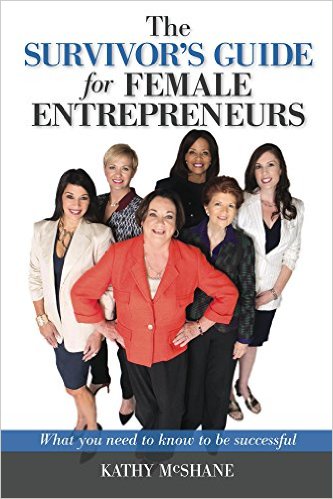 First Impressions impact all pubic speaking and communication. Read about First Impressions in an Excerpt from The Survivor’s Guide for Female Entrepreneurs, by Guest Blogger
First Impressions impact all pubic speaking and communication. Read about First Impressions in an Excerpt from The Survivor’s Guide for Female Entrepreneurs, by Guest Blogger  Fear of speaking
Fear of speaking